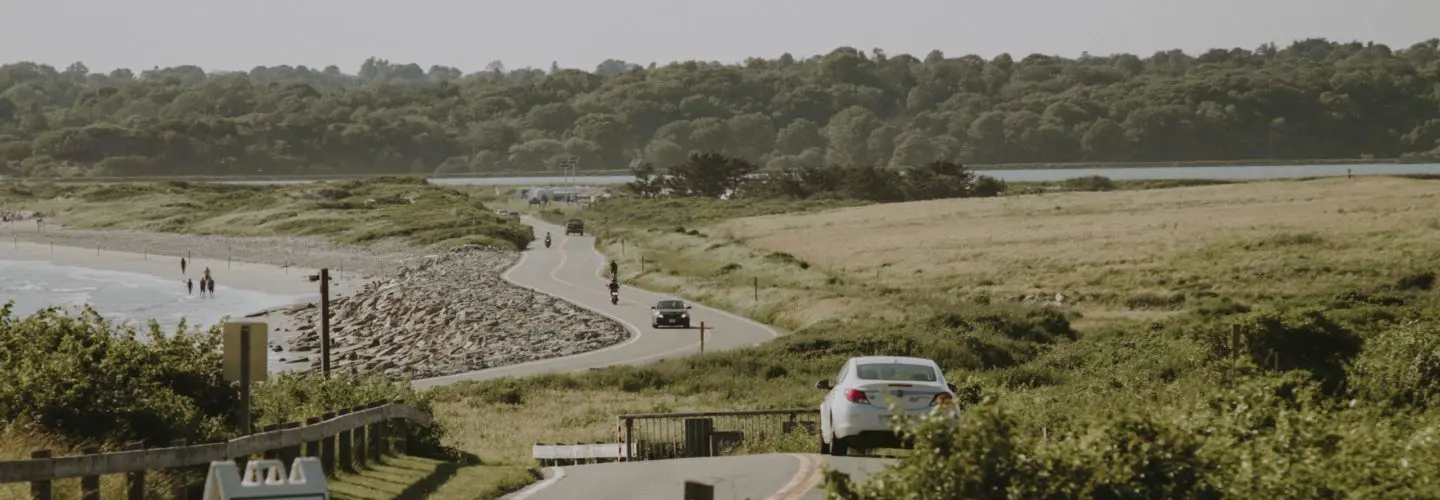Rhode Island Must Prioritize Solar Siting in 2019
Solar energy is growing in the Northeast, but the urgency of climate change means that states need to accelerate the transition to clean energy sources.
In Rhode Island, siting challenges that have arisen in the past few years show that the state can’t do this without a plan. In a landscape patchworked with forest, farmland, and open space, policies and incentives must prioritize solar projects in areas with compatible land uses.
On March 14, the House held a hearing for H5789, a solar siting bill that aims to address these challenges. The bill represents months of collaboration between conservation groups, municipal planners, renewable energy developers, farm interests, state agencies and others as part of the Renewable Energy Siting Stakeholder Committee. Acadia Center has worked alongside these groups to generate a range of strategies designed to drive projects to preferred areas, including previously developed and disturbed parcels.
These strategies include:
- Prohibiting the largest, most controversial projects by preventing projects from being built across neighboring parcels;
- Significantly limiting the size of solar projects in designated areas of environmental concern;
- Introducing an incentive through the Public Utilities Commission to reimburse solar projects in preferred areas for interconnection costs;
- Directing OER to incorporate smart siting policies in an implementation plan for reaching the state’s emissions reductions goals;
- Setting a deadline for municipalities to adopt individually tailored solar siting ordinances that will help local officials review projects and, if desired, establish more streamlined processes for preferred siting.
This bill is not the sole solution to the challenge of solar siting. Small-scale solar capacity in the state’s Renewable Energy Growth (REG) program has been nearly doubled to maximize residential and commercial rooftop arrays, which pose no siting conflicts. Further, just this week, OER and the Rhode Island Commerce Corporation opened a $1 million fund to support projects that propose solar on brownfields.
But make no mistake: legislators must act this session to avoid risking another year without significant protections for the state’s forests and habitats. The economics of siting currently favor large projects in flat, forested tracts, but they don’t have to remain that way.
To learn more, read Acadia Center’s full testimony on House Bill 5789.



















